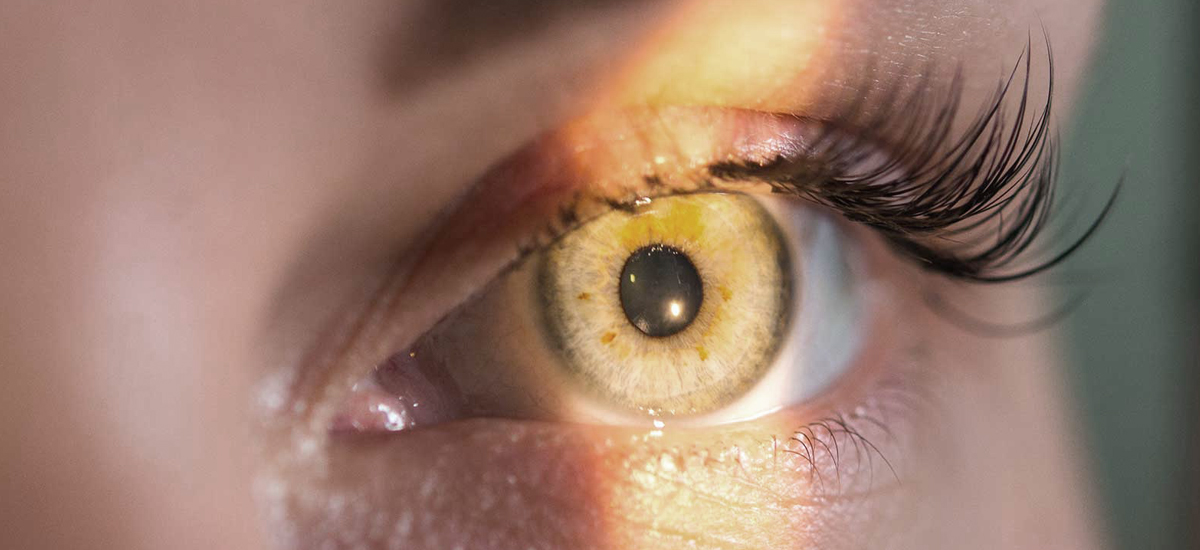Hyperopia vs. Presbyopia: What Is the Difference?

At some period in your life, you may get a refractive error. You might even end up having hyperopia and presbyopia at the same time. The symptoms of these two eye issues are similar, often involving problems with near vision.
So, what is the difference between hyperopia vs. presbyopia? Presbyopia firms your eye lenses as you age, and it often impacts middle-aged adults. Hyperopia affects adults and children, and your eye’s inability to process light (or having an irregular corneal curve) causes it.
Most people will have a refractive error at some point, and it’s nothing to stress over. Corrective eyewear often is all you need to restore your vision. As long as you wear your glasses or contact lenses as prescribed, your field of view should be clear.
What is a refractive error? It’s when your eye shape prevents light from directing to the retina as it should, which can cause blurry vision. The most well-known refractive errors are astigmatism, hyperopia, myopia, and presbyopia.
Today, we’re going to cover hyperopia vs. presbyopia to help you better understand these refractive errors. What makes them different? Allow us to explain.
Hyperopia vs. Presbyopia
Hyperopia (also known as farsightedness) allows you to see things well in the distance but not up close. It happens when your eye can’t distribute light accurately or when your cornea lacks a proper curve. Light can pass into your eye, but without an adequate focusing ability, you may experience hyperopia symptoms, such as:
- A burning feeling in the eyes
- Annoyance if you must focus for too long on something close to your face
- Eye strain when performing tasks that require near vision
- Tiredness after working on a close-up task for an extended period
Approximately 14.2 million adults in the U.S. above age 40 are farsighted. Not everyone who has hyperopia needs glasses, but many people can benefit from vision correction since it changes how light comes into contact with your eyes, giving you better near vision.
Presbyopia, in contrast with farsightedness, occurs when your eye lens takes on a different shape and a firmer texture. A common symptom of presbyopia is trouble viewing details up close. People with jobs requiring excessive focusing at this distance have a higher chance of developing presbyopia, according to the American Optometric Association (AOA).
In addition to trouble with seeing things near your face, those with presbyopia often experience blurry vision and eye fatigue when focusing on close-up activities, such as reading, for lengthy periods without breaks.
So, what is the difference between hyperopia vs. presbyopia if the symptoms are so similar? The primary difference is what causes each condition. Age leads to presbyopia, whereas hyperopia can run in families or happen as a result of your lifestyle. Your age often has no control over hyperopia, while presbyopia emerges in most people after age 40.
Common presbyopia treatments include contact lenses, multifocal glasses, or reading glasses. Since this condition is unavoidable, the best approach is to find the right vision correction to manage your symptoms.
If you have hyperopia and presbyopia at the same time, your vision may be more impaired. For this reason, most optometrists will recommend corrective eyewear to help your eyesight. But don’t worry--we have plenty of options for glasses and contact lenses in styles you’ll love and at prices you can count on.
Summary: The Differences Between Hyperopia and Presbyopia
At some period in your life, you may get a refractive error. You might even end up having hyperopia and presbyopia at the same time. The symptoms of these two eye issues are similar, often involving problems with near vision.
So, what is the difference between hyperopia vs. presbyopia? Presbyopia firms your eye lenses as you age, and it often impacts middle-aged adults. Hyperopia affects adults and children, and your eye’s inability to process light (or having an irregular corneal curve) causes it.
No matter which of these two refractive errors you develop, corrective lenses are the way to go.
Book your eye exam at For Eyes
Have you had your annual comprehensive eye exam? Schedule an appointment with an Independent Doctor of Optometry at your local For Eyes.











